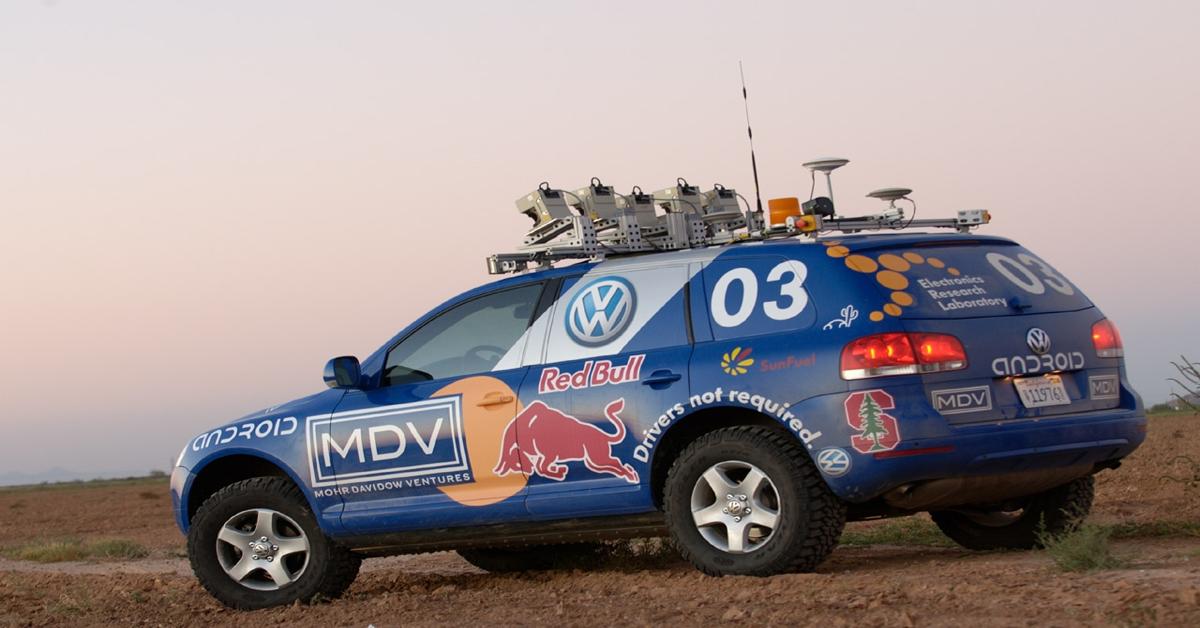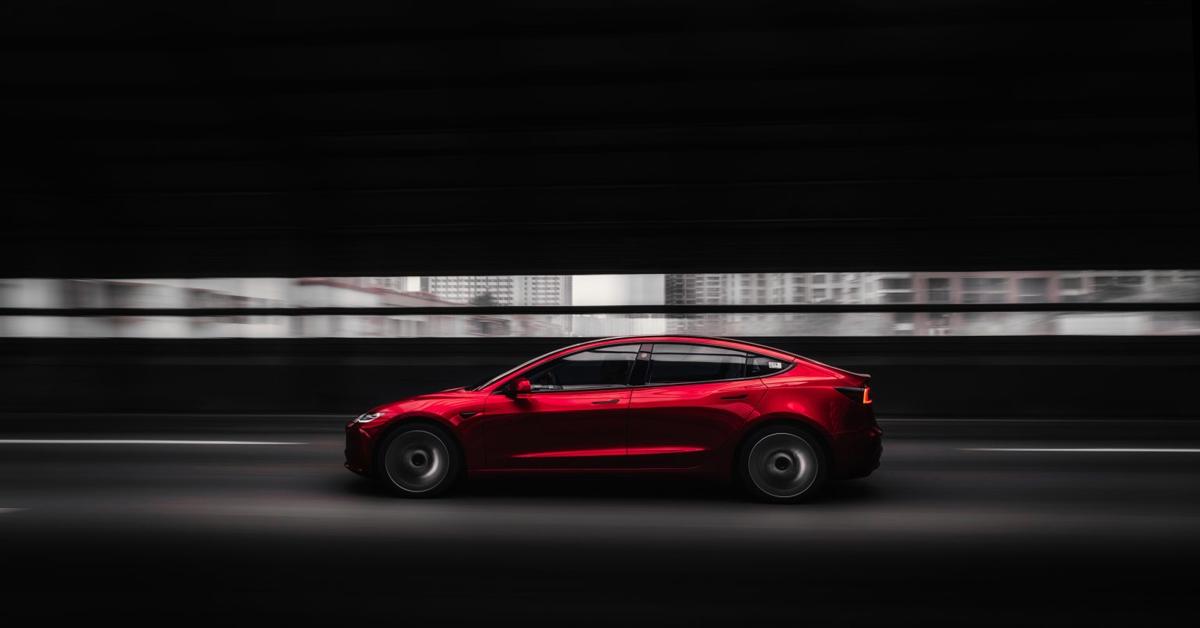
How would your life improve if you never had to drive again? If traveling across town to work or your friend’s home was cheap and fully autonomous, enabled by a robotic chauffeur?
How much time would you save if you weren’t the one behind the wheel? What would you do with those extra hours?
Over the next few blogs in this Age of Abundance series, we’ll discuss an additional category of advanced robotics, namely autonomous vehicles, flying cars or eVTOLs (electric Vertical Take-off or Landing), and delivery robots helping to get people and goods from one point to another.
Fully autonomous vehicles from Tesla and Waymo (to name a few) are on the path to enable “car-as-a-service” fleets (or robotaxis) operating on-demand, Uber-like services.
The cost of ground transportation is slated to decrease between 2x to 4x as a result. Sometime in the near future, your kids or elderly parents will never drive.
A significant percentage of parking garages, driveways, and parking structures will eventually be transformed into alternative usable space. Autonomous cars will take all shapes and sizes and serve as functional “third spaces” used for entertainment, sleeping, or meeting rooms as drive time becomes work or play time.
Meanwhile, aerial ridesharing, eVTOLs, and flying cars will also become fully operational in most major metropolitan cities this next decade.
Where you live and work will begin to transform as these systems shrink travel time and distance. Previously difficult to reach geographies (islands, rural areas, mountain tops) will become accessible.
Individuals seeking the solitude of the country will also have access to the shopping, food, and entertainment of metropolitan city centers, connected through eVTOL technology.
In today’s blog, we’ll go back in time to the early 2000s, when a series of Grand Challenges laid the foundation for today’s autonomous vehicle industry.
Let’s dive in…
The Birthplace of Autonomous Driving: The DARPA Grand Challenges
On March 13, 2004, as dawn painted the vast expanse of the Mojave Desert, an eclectic mix of engineers, off-road racers, and spectators gathered outside a nondescript California dive bar.
The anticipation was palpable.
Before them, 15 autonomous vehicles, ranging from SUVs to dune buggies, even a lone motorcycle, were poised at the starting line. Their mission? To traverse a challenging 142-mile course from Barstow, California to Primm, Nevada.
The objective of this DARPA Grand Challenge, organized by the Defense Advanced Research Projects Agency, was far more profound than a mere desert race. Following the 2001 invasion of Afghanistan, there was a pressing need to develop robotic vehicles that could undertake hazardous military operations, such as troop resupply, thereby safeguarding human lives. The competition was DARPA’s pioneering attempt to drive innovation by tapping into the collective genius beyond traditional defense circles.
The stakes were high.
To claim the coveted $1 million prize, teams first had to conquer a battery of qualification tests. Subsequent to this, they needed to complete the rugged desert course in under ten hours.
However, nature and technology conspired against them. The inaugural Grand Challenge became a spectacle of mishaps, with every single vehicle crashing, stalling, or, in dramatic fashion, catching fire, most within sight of where their journey had begun.
The furthest any vehicle managed was a mere 7.5 miles.
Yet, in the face of such apparent failure, Lt. Col. Scott Wadle, DARPA’s liaison to the U.S. Marine Corps at the time, observed, “That first competition created a community of innovators... The fresh thinking they brought was the spark that has triggered major advances in the development of autonomous robotic ground vehicle technology in the years since.”
Inspired by the promise of what lay ahead, DARPA lost no time. A mere day after the conclusion of the first Challenge, they announced a second Grand Challenge for the fall of 2005. This sequel witnessed significant progress. Out of the 195 teams that entered, five vehicles completed a 132-mile course in southern Nevada. Stanford University's "Stanley" clinched the top spot, finishing in 6 hours and 53 minutes, securing the $2 million reward.
In 2007, the bar was raised yet again with the Urban Challenge.
This time, the autonomous vehicles had to navigate a simulated urban environment in Victorville, California, abiding by traffic rules while avoiding obstacles and moving traffic. Out of 11 teams, six were successful. Carnegie Mellon University's “Tartan Racing” team emerged victorious, blending speed with adherence to California's driving rules.
In the years that followed, the ripple effects of the Grand Challenges became increasingly evident.
Today, the notion of a self-driving car barely elicits a second glance, a testament to the astonishing pace of advancements. A phenomenon that seemed like the stuff of science fiction two decades ago has now entered the realm of reality. In fact, such was the momentum generated by these Challenges that virtually every leading automobile manufacturer has established a dedicated autonomous vehicle division.
The enduring legacy of the Grand Challenges was aptly summed up by Sebastian Thrun, founder of Google's self-driving car team and victor of one of the DARPA Grand Challenges.
He reflected, “None of what is happening in self-driving today would have happened without the original challenge—it created a new community. The experts are usually the lowest performers... Very few self-driving car people knew anything about machine learning at the time, for example.”
In essence, the DARPA Grand Challenges weren't just competitions—they were catalysts, heralding a transformative era in transportation.
Why This Matters
Continued improvements in battery storage, machine learning, materials science, and sensors will lead to autonomous vehicles—and as we’ll see soon, flying cars—that will redefine human travel.
By the end of this decade, a transportation revolution will impact some of the most intimate aspects of our lives.
Where you choose to live and work, how much free time you have—and how you spend that time. Everything from how our cities look and feel to the demographics of the “local” school district will shift.
How are YOU going to adapt?
In the next blog in this series, we’ll look at a few of the top companies leading the autonomous vehicle industry.
Are you feeling tired, having brain fog, or experiencing digestive issues?
This could signal that the food you're eating is INCOMPATIBLE with your body.
You can now use AI to analyze your microbiome and receive personalized food and supplement recommendations using Viome. Viome has published research showing improvements in diabetes, weight loss, depression, IBS, anxiety, sleep, and energy, proving the effectiveness of Viome's approach.
I discuss how AI and other exponential tech will help create a world of abundance on my podcast. Here’s a conversation I recently enjoyed:
A Statement From Peter:
My goal with this newsletter is to inspire leaders to play BIG. If that’s you, thank you for being here. If you know someone who can use this, please share it. Together, we can uplift humanity.
Topics: Abundance Entrepreneurship Abundance 360







